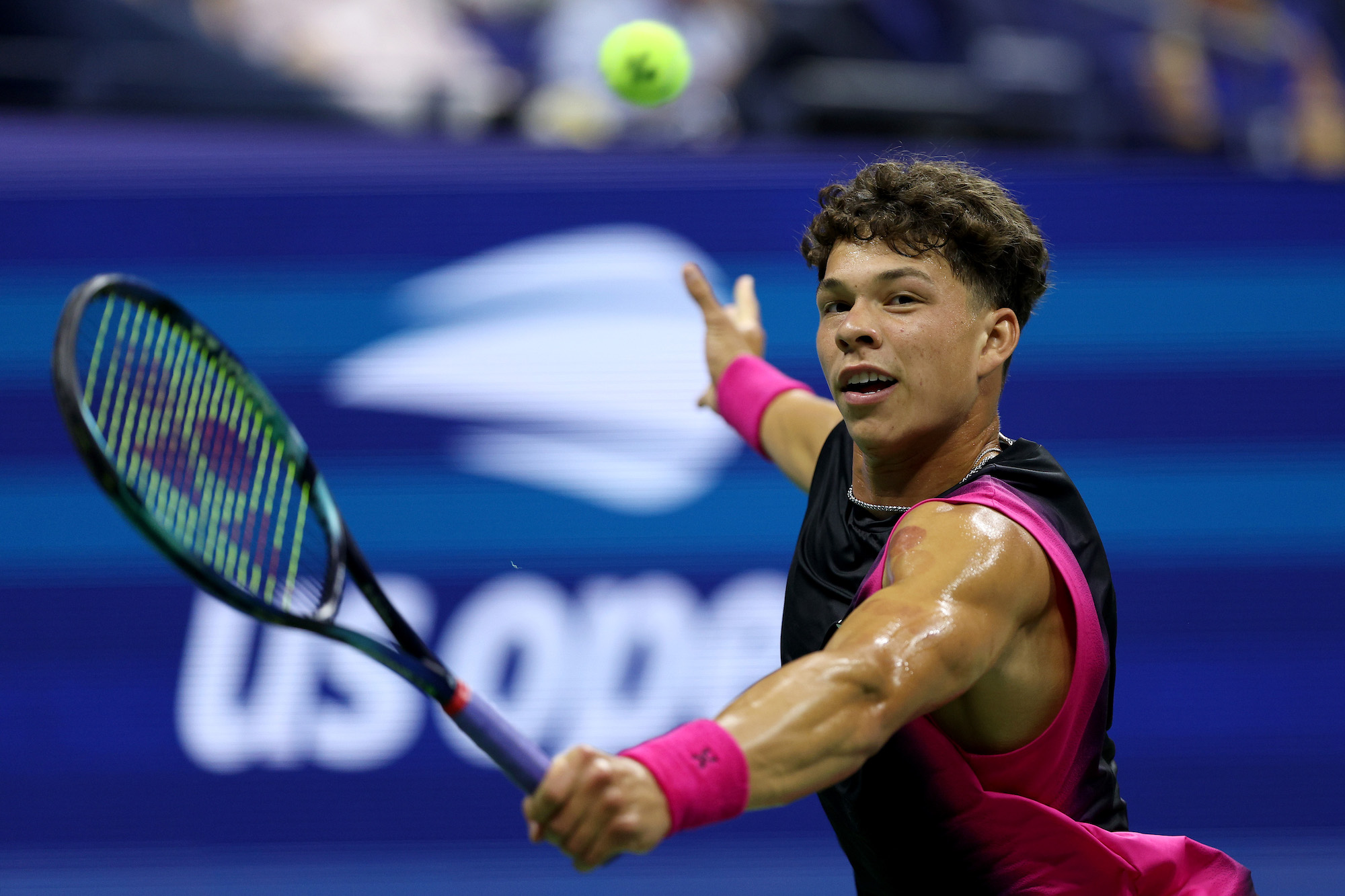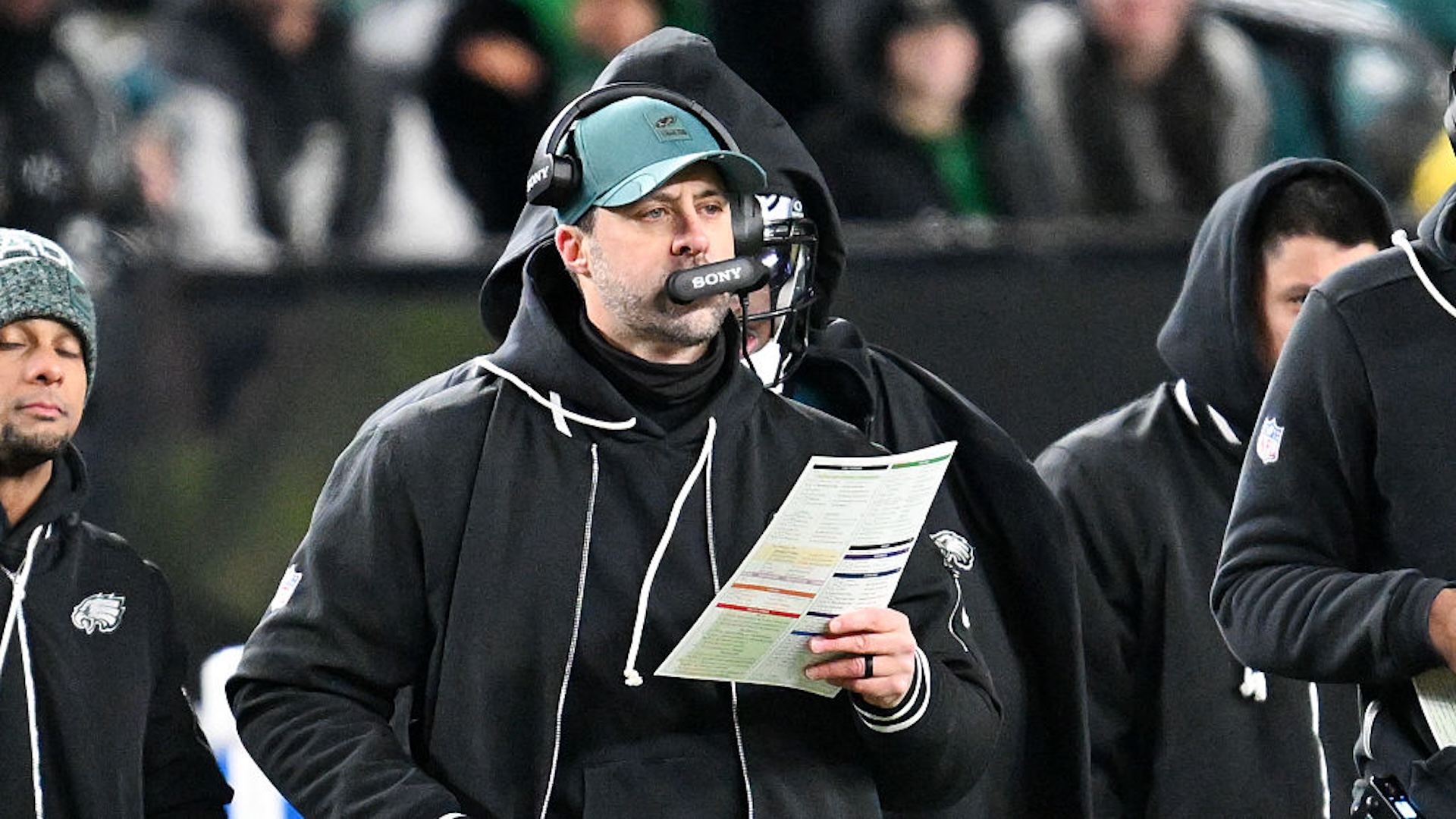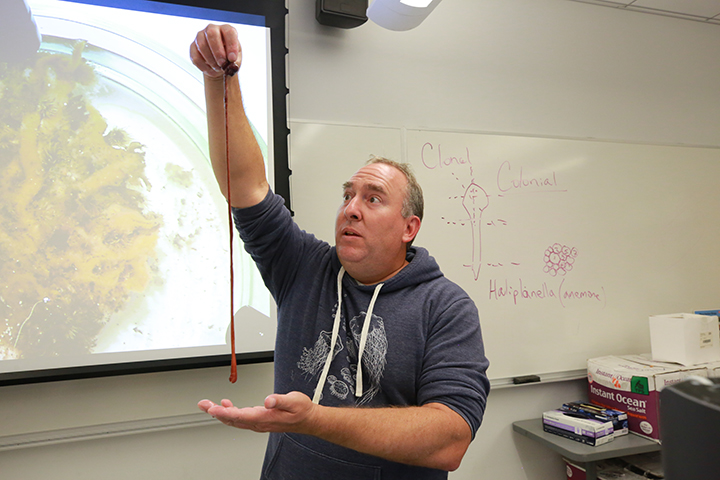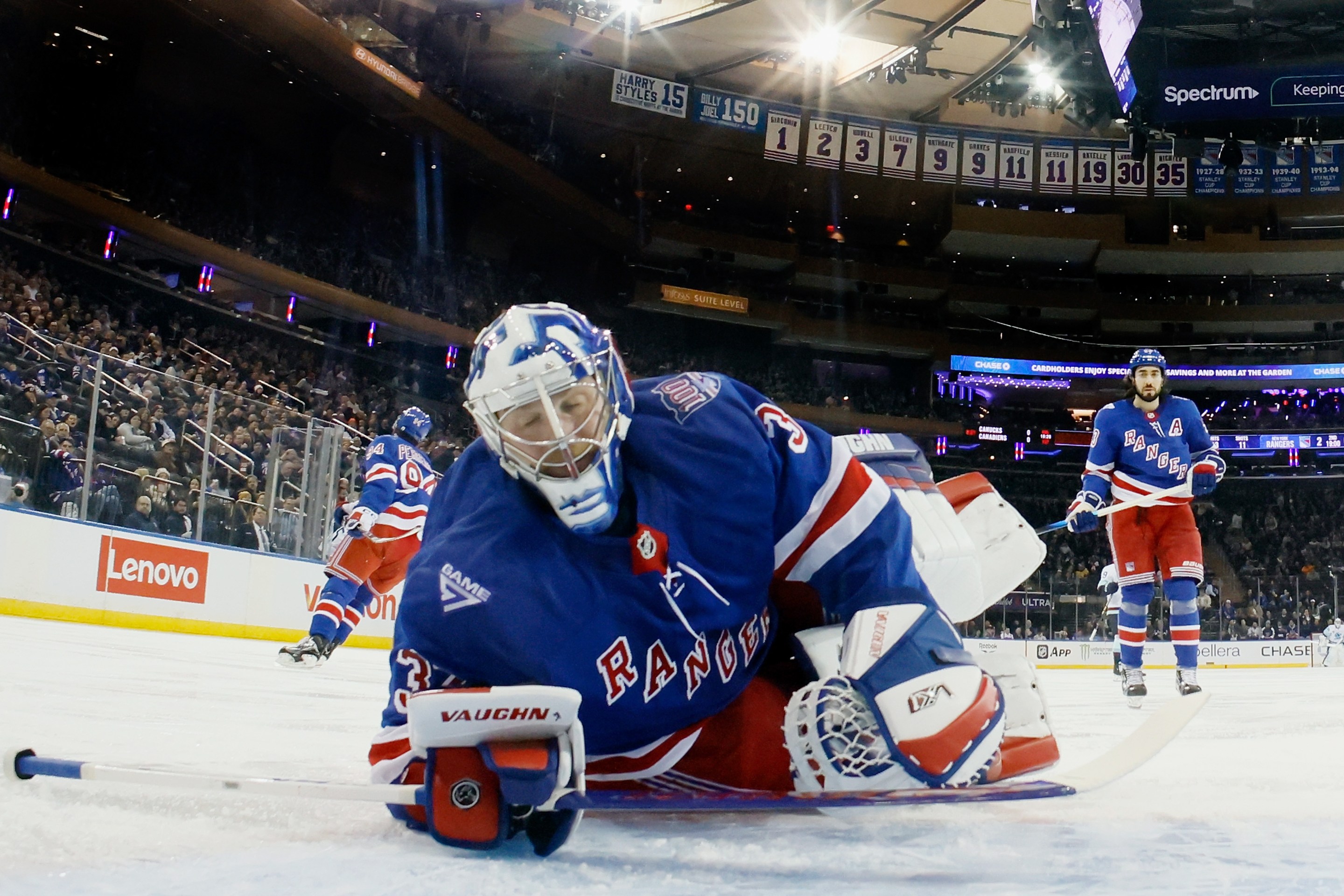FLUSHING, N.Y. — The temperature at Arthur Ashe Stadium on Tuesday night was mid-80s; the dew point was low 70s; the ambiance was "armpit." A once-hourly faint breeze was our only salvation. Despite soporific conditions, the quarterfinal between No. 10 seed Frances Tiafoe and Ben Shelton held high drama. Merely spectating was a physical gauntlet, requiring steady hydration. Playing four competitive sets of pro tennis was unthinkable. Within a few games, both guys looked as if they'd fallen fully clothed into a dunk tank. Against my expectations of a tight Tiafoe win, the 20-year-old Shelton prevailed, 6-2, 3-6, 7-6(7), 6-2, blowing off the stink of his rookie summer and establishing himself as the last American man in the U.S. Open.
It's hard to overstate how abruptly the beefy 6-foot-4 Shelton has solidified his place on tour. Last year he was a standout sophomore at the University of Florida; after upsetting then-world No. 5 Casper Ruud in Cincinnati, he gave up his college eligibility to go pro, then chewed up the minor-league Challenger circuit by winning three straight titles. His dad Bryan—a former world No. 55 in his playing days—left his job as Florida's head coach to coach Ben full-time. The younger Shelton hadn't left the U.S. until he flew down under at the start of this season.
Though he managed a shock quarterfinal run at the Australian Open, Shelton didn't string together two consecutive tour-level wins until last week. He looked predictably green in his first professional forays on clay and grass. More surprisingly, his North American hard-court swing was a dud, too. As the months passed, it was tempting to reframe his performance in Melbourne as a premature fluke, but now he's already surpassed that result with a semifinal berth in New York. Two journalist friends joked that Shelton has decided to be a "hard-court slam specialist." It's as if he only knows how to turn on his game when the stakes are highest and his feet are firmly planted on the native surface of American tennis.
It was fascinating to see these two players ply the crowd with their respective forms of charisma. Frances Tiafoe has become a darling at the Open. He introduced himself to the Flushing crowd with a five-set first-round loss to Roger Federer in 2017, and buried himself into their hearts with a five-set semifinal loss to Carlos Alcaraz in 2022. By force of personality, he's shoved American men's tennis back into popular consciousness; in recent weeks he's celebrated wins by dapping up Kevin Durant and Pusha T before leaving the court.
But Tiafoe found himself competing for the crowd's affections when his younger pal was across the net. He's a speedy imp with golden touch, charming the audience with his problem-solving. Shelton presents the viewer with a more rudimentary pleasure: Tennis ball go boom. Tiafoe has them applauding his ingenuity at the conclusion of the rally; Shelton has them gawking and gasping at his detonations in the middle of it. In every exchange, Shelton imposes a big-bodied, elastic athleticism rarely seen in racquet sports. Sometimes his ambition outpaces his technique, and he sends the ball 10 feet past the baseline, but he'll never be shy about the munitions at his disposal. That is, after all, his competitive advantage. As he said of Tiafoe in a recent talk show: "He's more creative. I'm just athletic."
Shelton, the childhood quarterback, is the answer to an old hypothetical: What if blue-chip American athletes trickled into tennis instead of the big team sports? He could've been throwing darts to receivers, but instead he's here on Ashe, taking the first serve to bombastic extremes. His unconventional service motion is a marvel in so many respects: the sinuously coordinated full-body explosion, the spectacular range of motion through the shoulder, the sheer height of impact. He doesn't wait for the toss to meet his racquet; he rises up and hurls all 195 pounds of himself into each delivery. This method should place him among the deadliest servers of his generation. In a single service game of his fourth-round match against Tommy Paul, Shelton struck two serves at 149 mph; I expect him to break 150 at some point.
And that serve is not confined to brute power. The lefty slice is a time-tested torture device in tennis, skidding low and away from the returner. His kick serve is guaranteed to vault high overhead unless the returner steps into the court to cut off its ungodly trajectory early. Though Shelton could comfortably keep every serve in the 130s, he likes to send some off-speed, drawing on his variety to keep foes miserable.
His clash with Tiafoe, who can also pump it in the 130s, was not the outright serving clinic I'd anticipated. There were 11 breaks of serve in the match, and Shelton had 11 double-faults to offset his 14 aces. For all the tension, this was an unequivocally sloppy tennis match.
Tiafoe attributed his struggles to the mugginess. "Was sweating a lot, balls were really heavy. He was able to hit through the ball a bit more than I was," he said in press afterward. (Here's a fastidious treatment of humidity's impact on tennis; the gist is that it affects athletes' ability to move more than it actually affects the flight of the balls through the air, contrary to commentator wisdom.) Tiafoe's central triumph over the last year was smoothing out his early-round matches, finding efficient wins instead of getting embroiled in unnecessary epics. But after last year's theatrics—a win over Rafael Nadal, a war against eventual champ Alcaraz—he left this Open "frustrated" with his performance against an even younger talent. "My exits in last two slams, both matches I didn't play very well at all. That's tough to swallow," he said. Now a top-10 seed entering his physical prime, Tiafoe won't often walk onto Ashe with the underdog freedom of his previous seasons.
In Wednesday's tennis sauna, Shelton matched Tiafoe for foot speed, which is no small ask. He tapped into his superior power and found cleaner paths to ending rallies, even on his weaker backhand side. During the third-set tiebreak, the dramatic apex of the match, Shelton earned a set point, only to hit four straight faults and deliver Tiafoe a set point of his own. Shelton atoned for those errors by smacking a second-serve return with the hair-raising abandon of someone who has never been here before. Clean winner. He seems keen on taking Alcaraz's crown as the biggest ball-striker on tour.
"Got a little bit lucky with the slap shot," Shelton said afterward. "There was just so much stress. I kind of needed a release and it ended up working out for me." He would go on to take the tiebreak after clobbering another forehand into the Tiafoe backhand. In the fourth set, Shelton broke serve twice—an unusual feat for the worst returner in the tour's top 50—to finish business early. "I'm thinking to myself as I'm walking to get my towel in the fourth set, and it's like—this is the greatest moment on the tennis court of my life, and I'm in a lot of pain, physically," he said after. "But I'm loving it." This was a match full of yelping zoomerish self-exhortations, and he celebrated its conclusion by miming a phone call. Shelton, who is guaranteed to enter the men's top 20 next week, should relish this upset and two days of recovery. In Friday's semifinal, it'll be Novak Djokovic answering the call.






